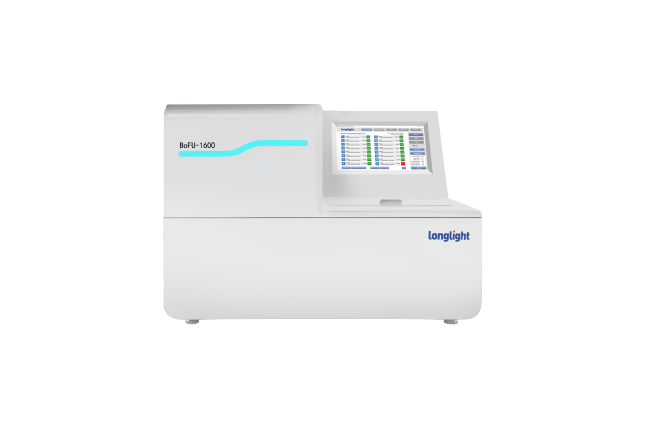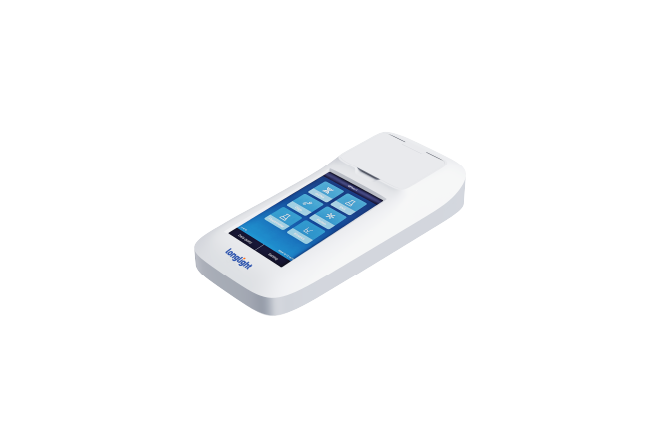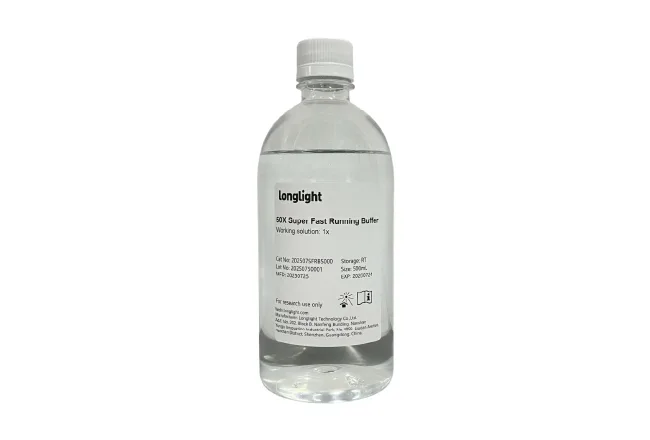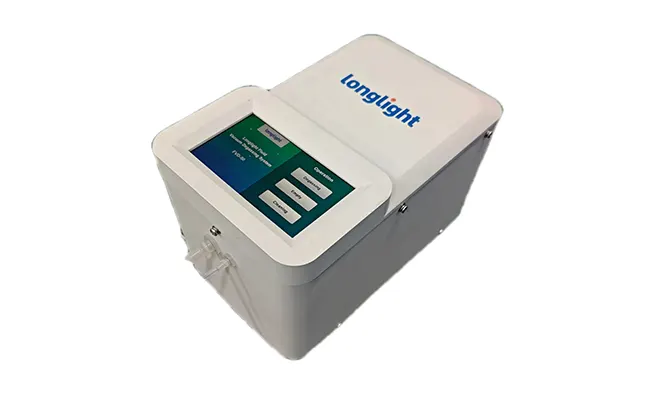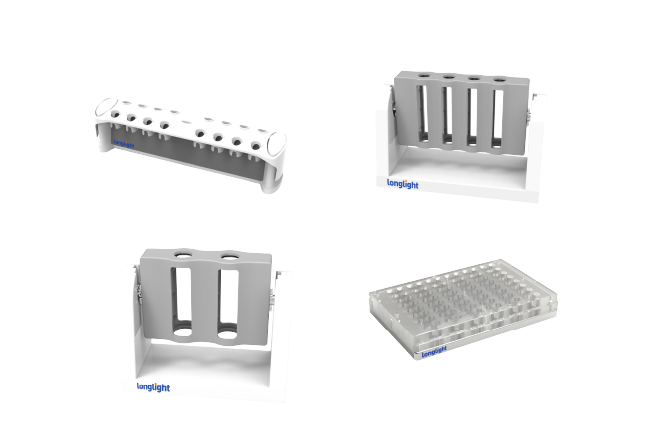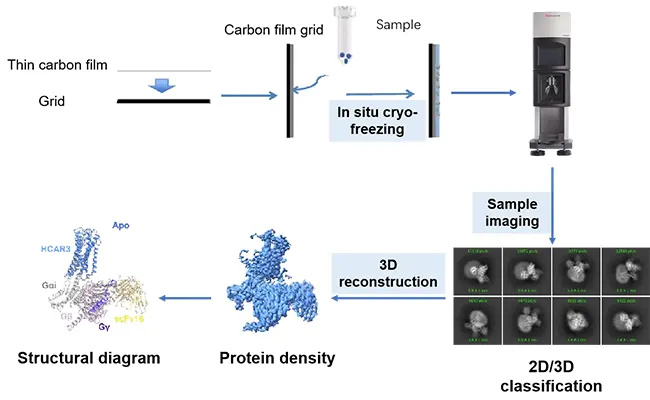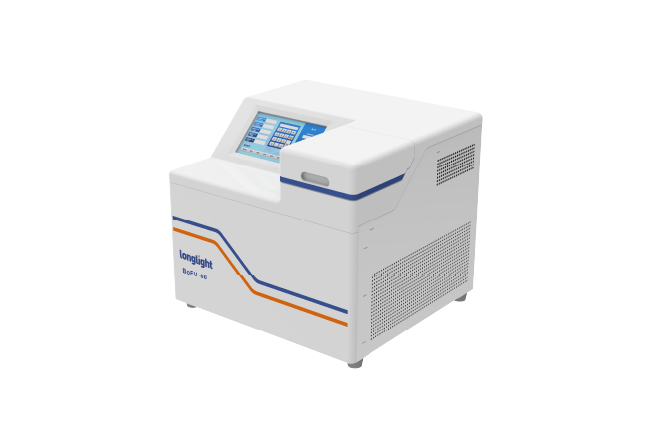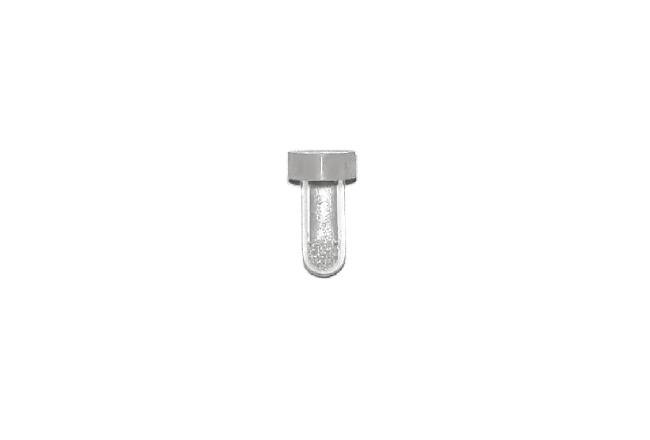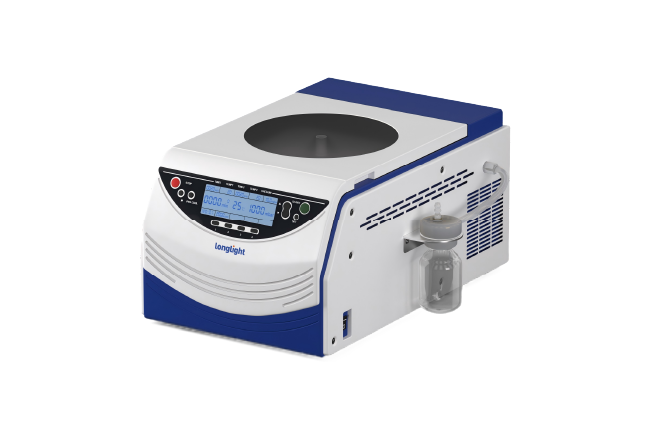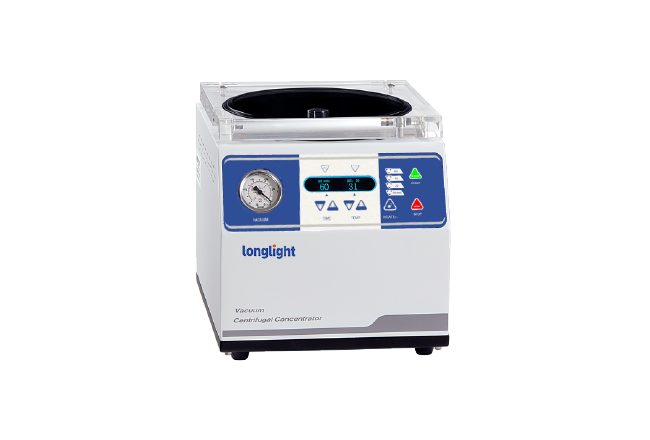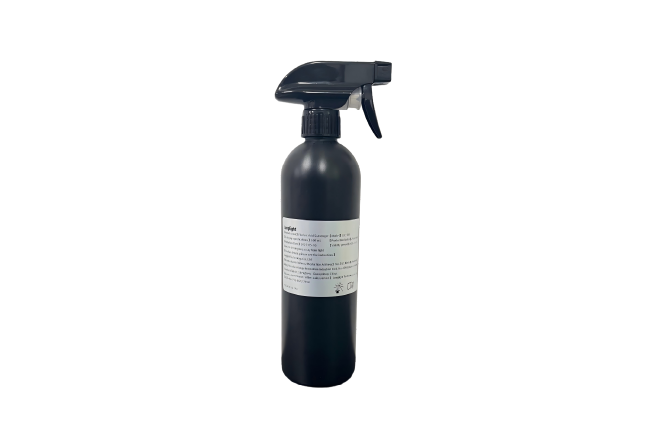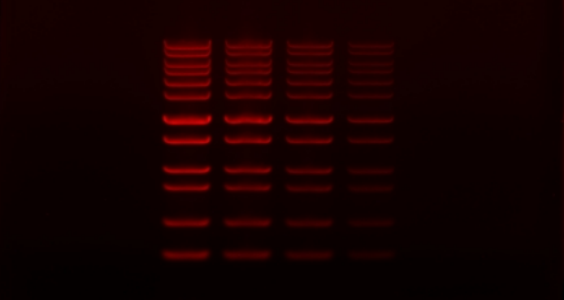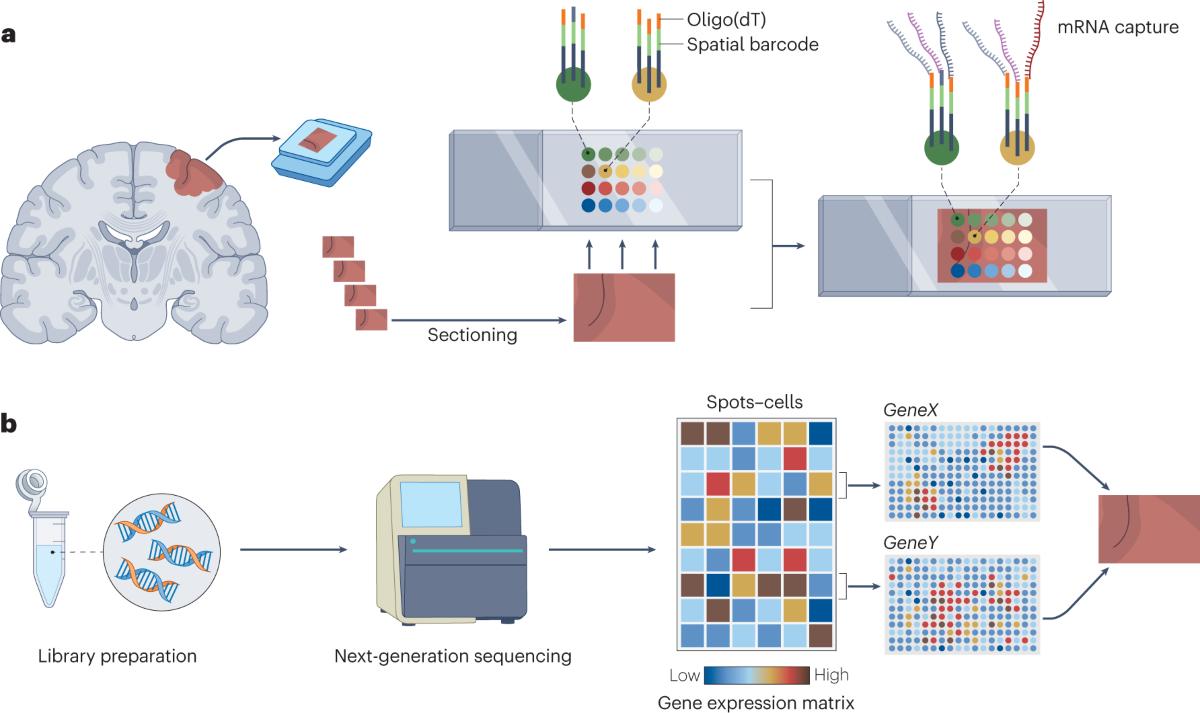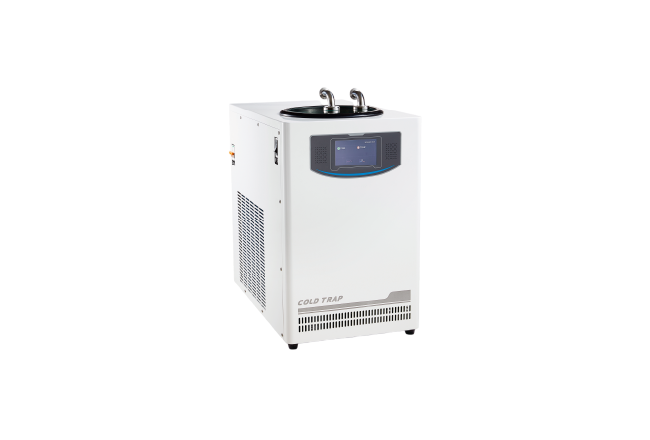Related Post
Key Agarose Gel Techniques for Molecular Biology Mastery
2025-08-08The role of molecular biology agarose gel techniques in DNA and RNA analysis is hard to overstate. In every modern lab, from academic research centers to clinical testing environments, agarose gel electrophoresis plays a foundational role in molecular biology workflows. Whether analyzing PCR products or checking RNA quality, the ability to use agarose gel effectively is a skill every scientist needs.
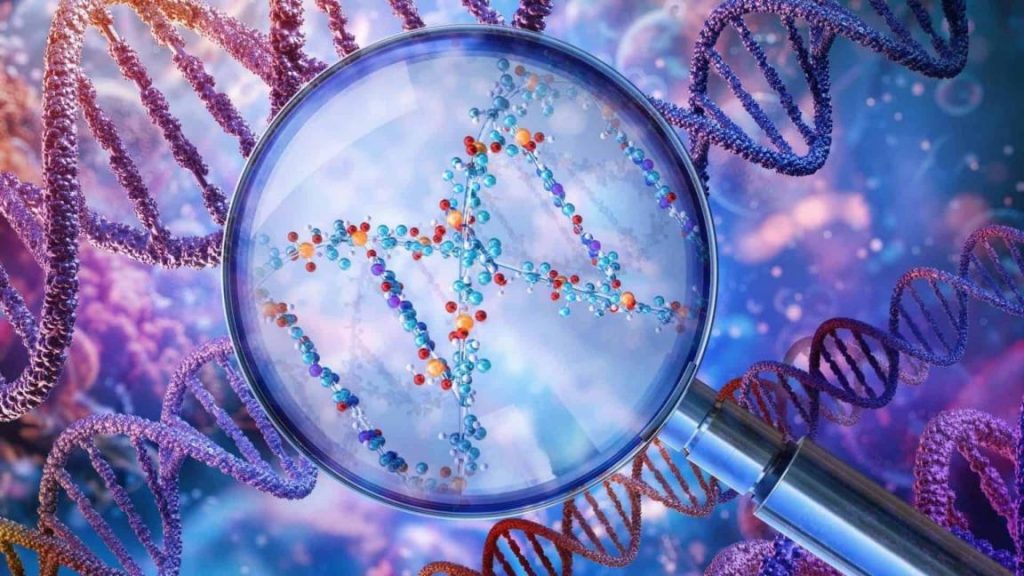
But working with agarose gel isn’t just about following instructions. It takes precision, the right tools, and an understanding of how subtle changes affect results. In this article, we’ll explore core techniques that lead to consistent, high-quality gel electrophoresis results and introduce how our team at Longlight Technology supports that success.
Why Agarose Gel Remains Central in Molecular Biology
Agarose gel electrophoresis allows researchers to sort nucleic acids based on size by applying an electric field. DNA and RNA fragments migrate through the gel matrix, with smaller fragments moving faster than larger ones. This process is essential for:
• Verifying PCR results
• Checking plasmid construction
• Screening restriction digests
• Assessing RNA sample integrity
Its wide application makes it a cornerstone of molecular biology agarose gel workflows. However, running a successful gel requires more than pouring agarose into a mold. Variables like gel concentration, buffer system, and sample handling all impact the final result.
Building Core Agarose Gel Electrophoresis Skills
Improving your technique begins with understanding the gel’s composition and performance. Let’s break down a few fundamentals.
1) Choosing the Right Gel Concentration
The percentage of agarose in your gel determines the separation range:
• Low concentrations (0.5% – 0.7%) work best for large DNA fragments over 5 kb
• Mid-range gels (1.0% – 1.2%) are good for everyday use, ideal for general PCR products
• High concentrations (1.5% – 2.0%) provide tighter separation for small fragments under 500 bp
Using the correct gel ensures your bands appear crisp and correctly spaced. If you work with varying fragment sizes, switching between gel percentages might be necessary.
2) Proper Sample Loading Matters
While pipetting seems straightforward, how you load samples directly affects clarity and accuracy:
• Mix DNA with loading dye completely before adding it to wells
• Avoid overloading wells, which causes blurry or smeared bands
• Use steady, gentle pressure while loading to prevent puncturing the gel or spilling samples
Even experienced researchers occasionally lose bands due to poor loading habits. Using pre-molded, consistent well designs like those in Longlight’s Agarose Precast Gels minimizes error and keeps runs reliable.
3) Selecting the Right Buffer
Buffer composition influences ion flow, migration speed, and resolution. The most common systems are TAE and TBE, but not all gels are created equal. Our precast agarose gels are formulated with an ethidium bromide – free TAE system, which offers:
• Stable migration with less heat buildup
• Clearer resolution over longer runs
• Improved compatibility with downstream recovery
The switch to safer, dye-free systems helps reduce exposure risks while maintaining performance. And because Longlight’s gels come with buffer built in, there’s no extra prep or mixing required.
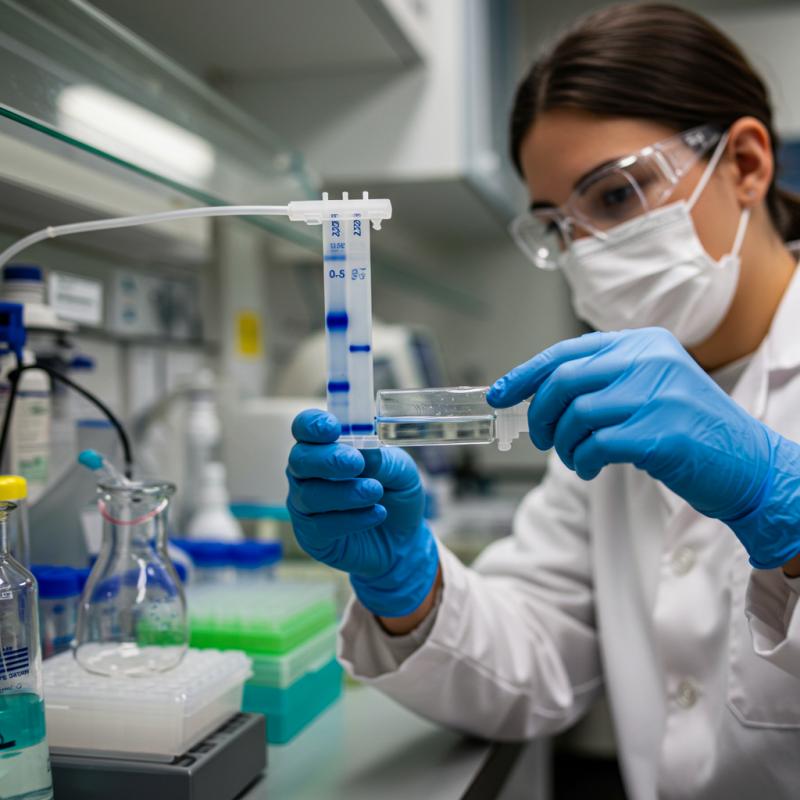
What Makes Longlight Precast Gels a Smart Choice?
At Longlight Technology, we aren’t just manufacturers – we’re partners in your research. Our team has years of hands-on experience in molecular biology and diagnostics. We understand the daily challenges labs face: time constraints, reproducibility, and the need for dependable tools. That’s why we developed Agarose Precast Gels that deliver both performance and convenience. Each gel cassette includes:
✅ Pre-measured, ready-to-use agarose
✅ Built-in TAE buffer system
✅ Safe, ethidium bromide – free staining
✅ Uniform 6x6 cm format with 8 wells
✅ Support for DNA and RNA analysis
✅ Rapid results in as little as 20 minutes
You don’t need to spend time melting, casting, or staining gels. Just load your sample and start your run. The gels are stable at room temperature for up to six months, and compatible with standard mini-gel electrophoresis tanks.
Beyond gels, Longlight also offers a range of genomics tools, including:
✅ Focused Ultrasonicator for DNA fragmentation
✅ Qubit-compatible tubes for quantification
✅ Nucleic acid extraction and library prep kits
✅ ChIP-seq solutions for protein-DNA interaction research
We serve a wide range of fields – from academic institutions to biotech and clinical labs. Our solutions are designed for quality, reliability, and scientific progress.
Final Thoughts
Mastering molecular biology agarose gel electrophoresis means more than just running tests. It’s about building the habits, using the tools, and understanding the principles that lead to reliable data. Whether you’re a seasoned molecular biologist or a student just beginning your lab training, focusing on gel technique will improve your experimental outcomes. And when you combine that knowledge with high-quality products like those from Longlight Technology, you unlock more efficiency, accuracy, and confidence in your research. Don’t let poor gels slow you down. Refine your skills, upgrade your tools, and let your science speak clearly – one band at a time.

